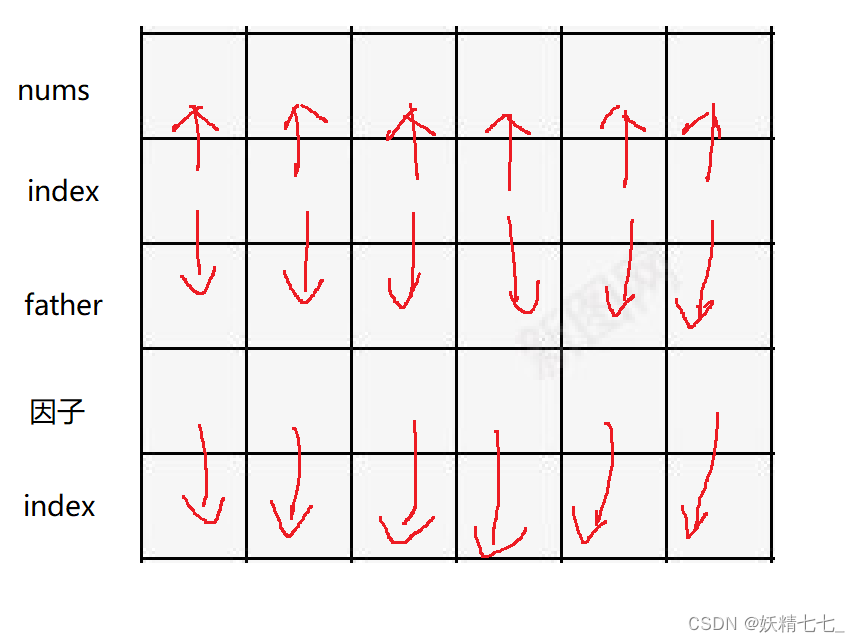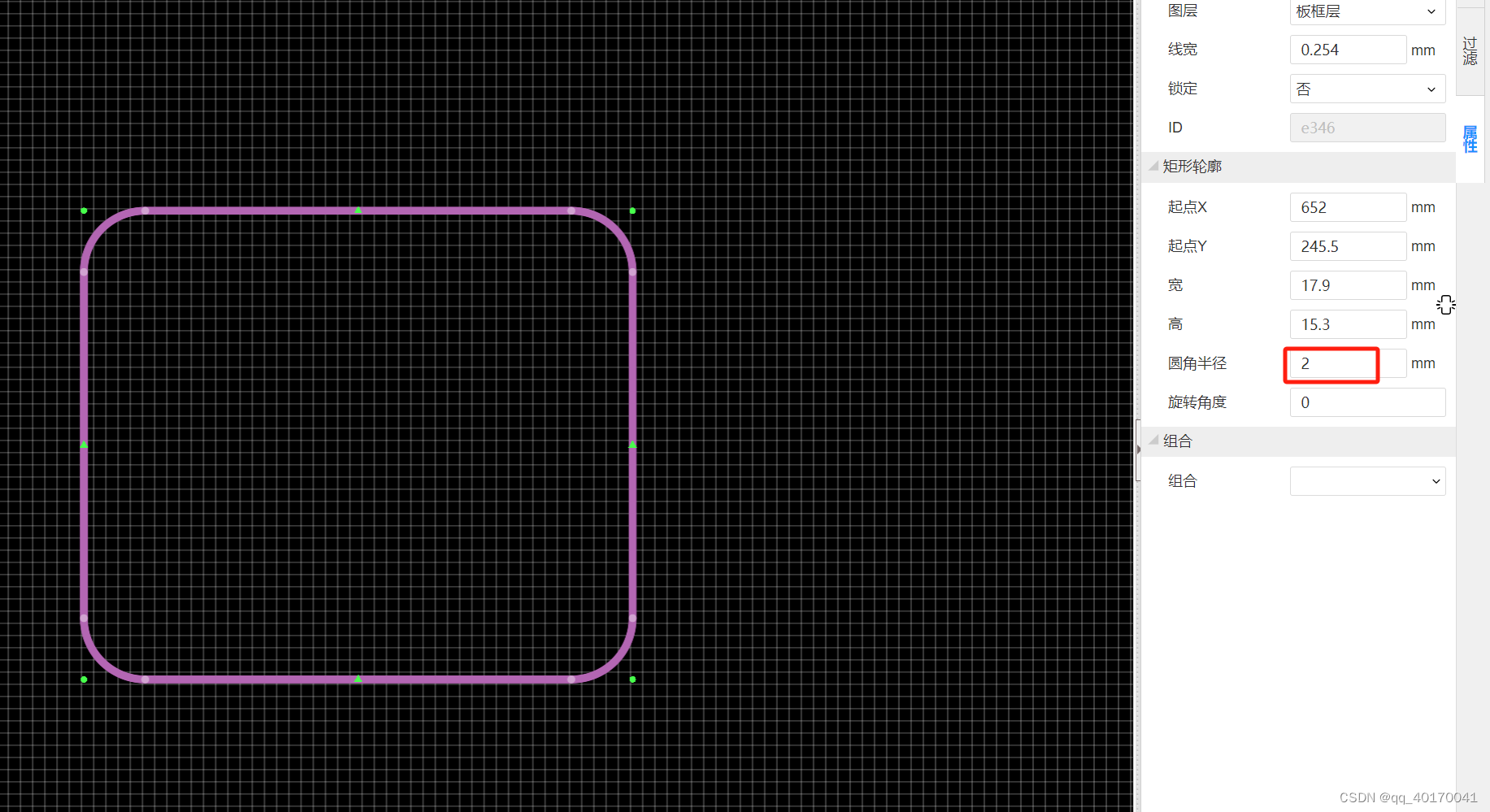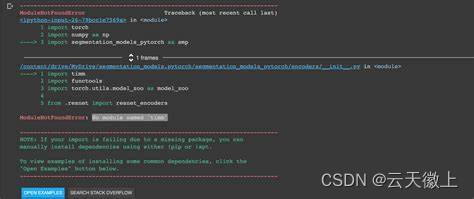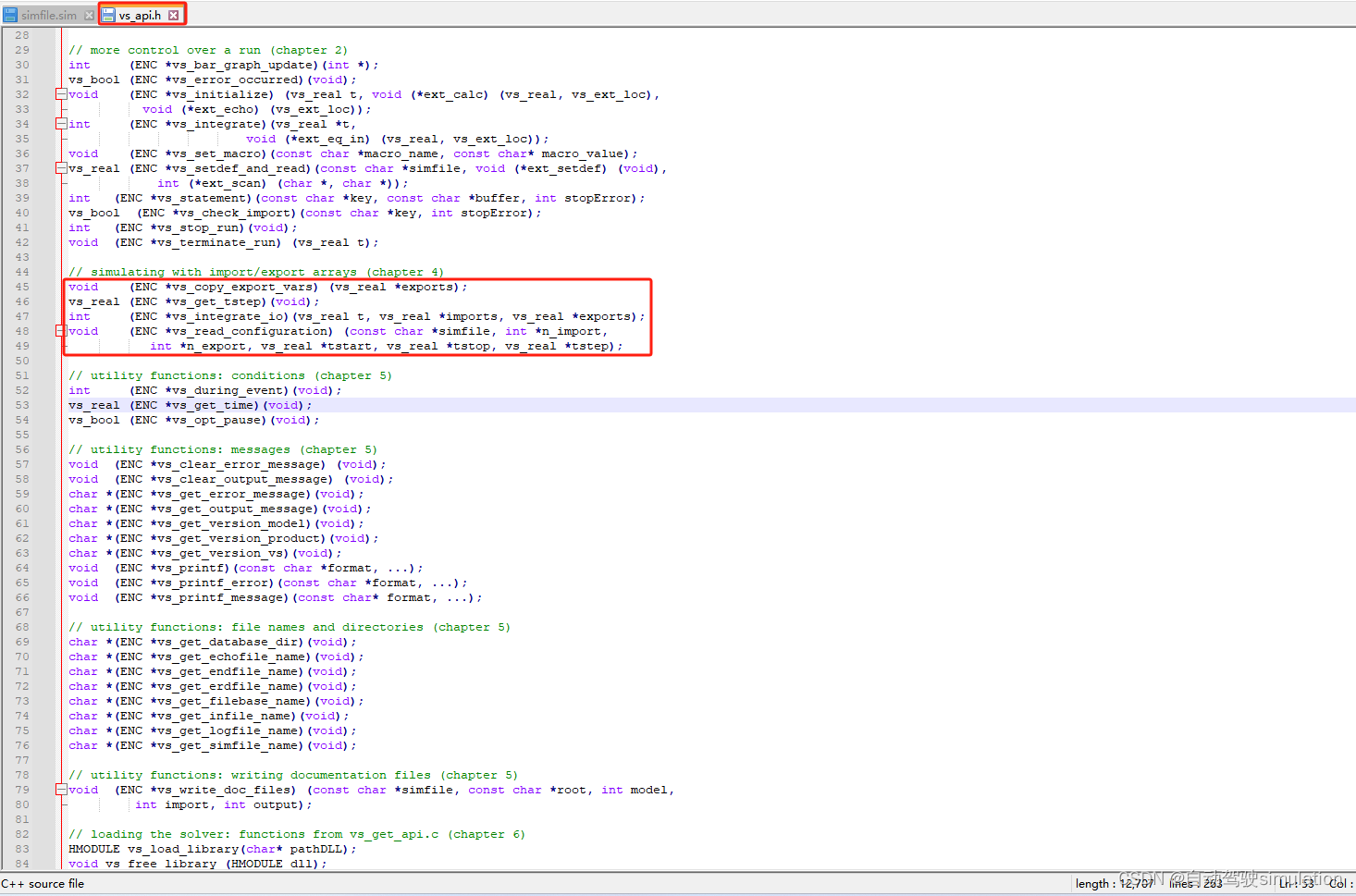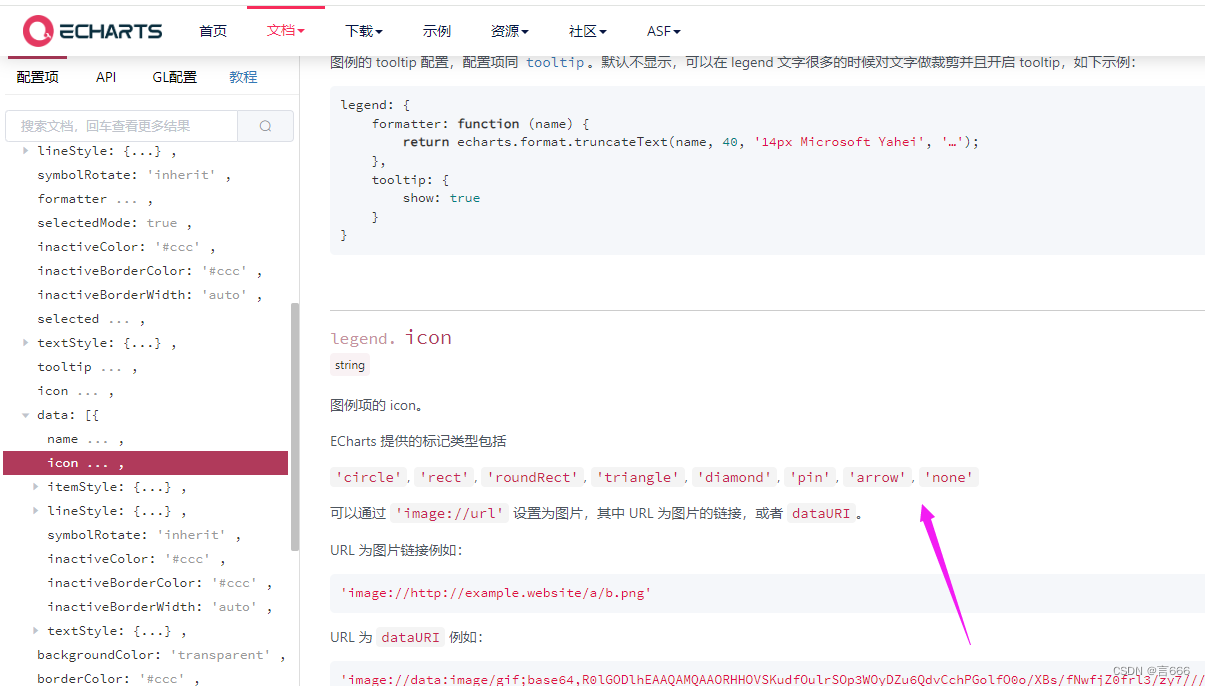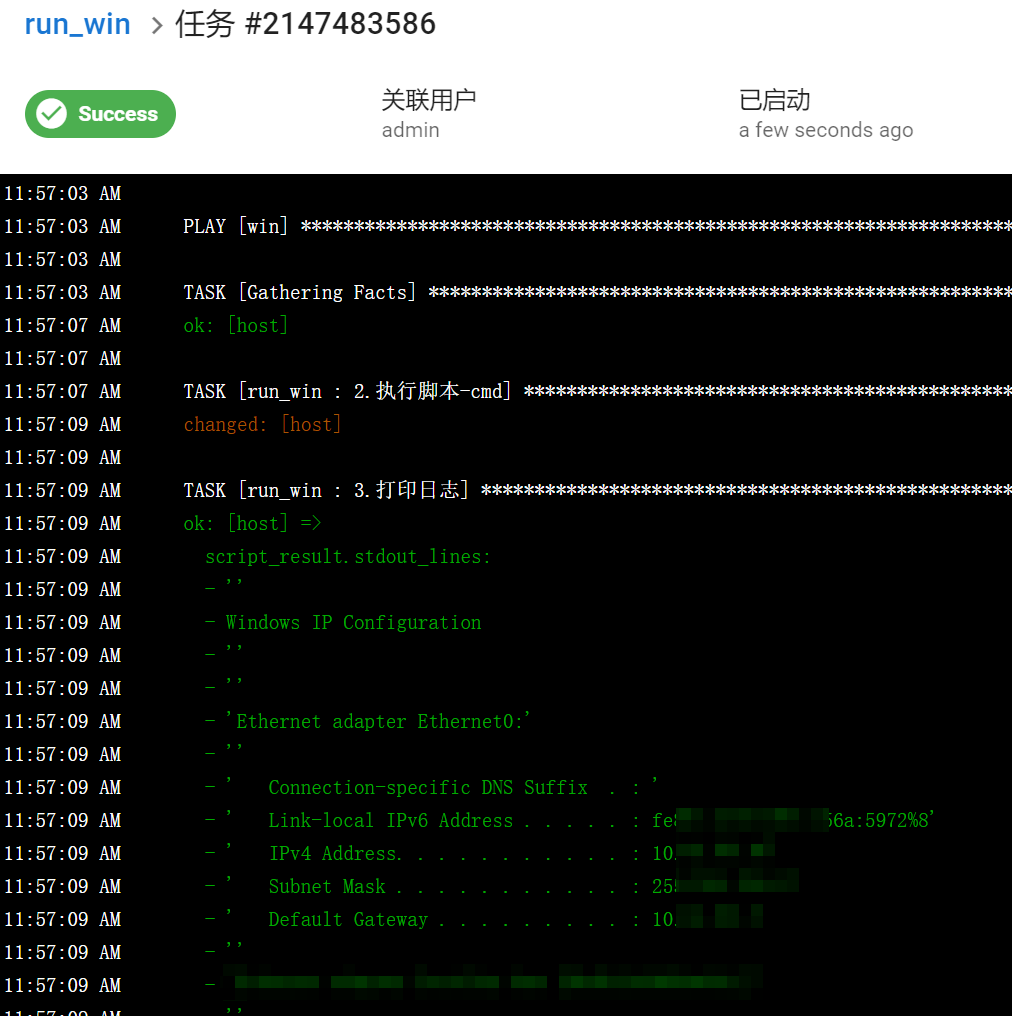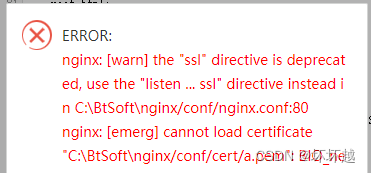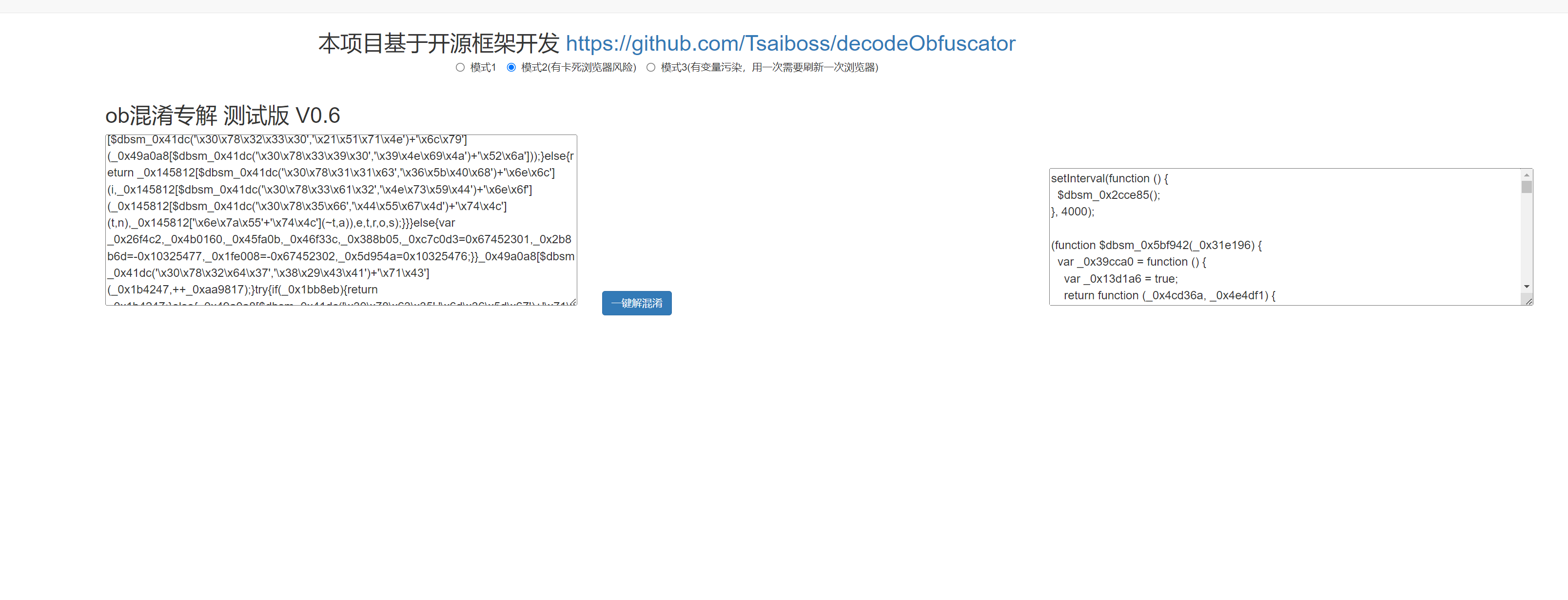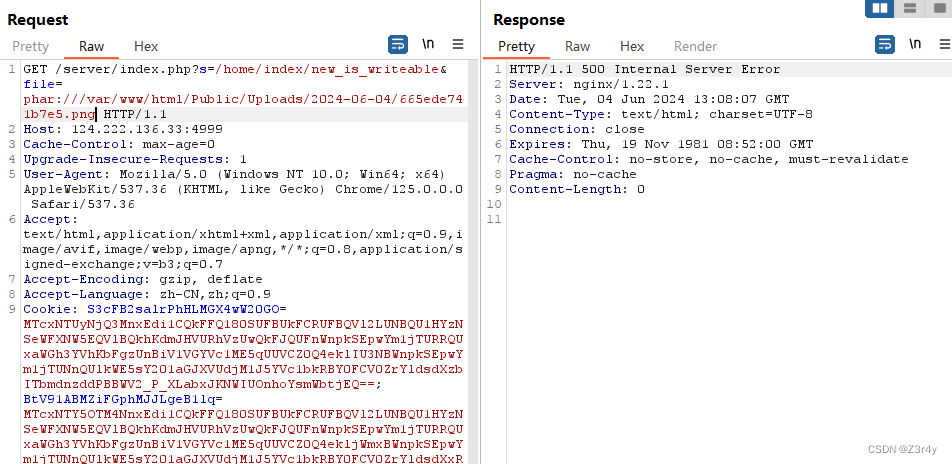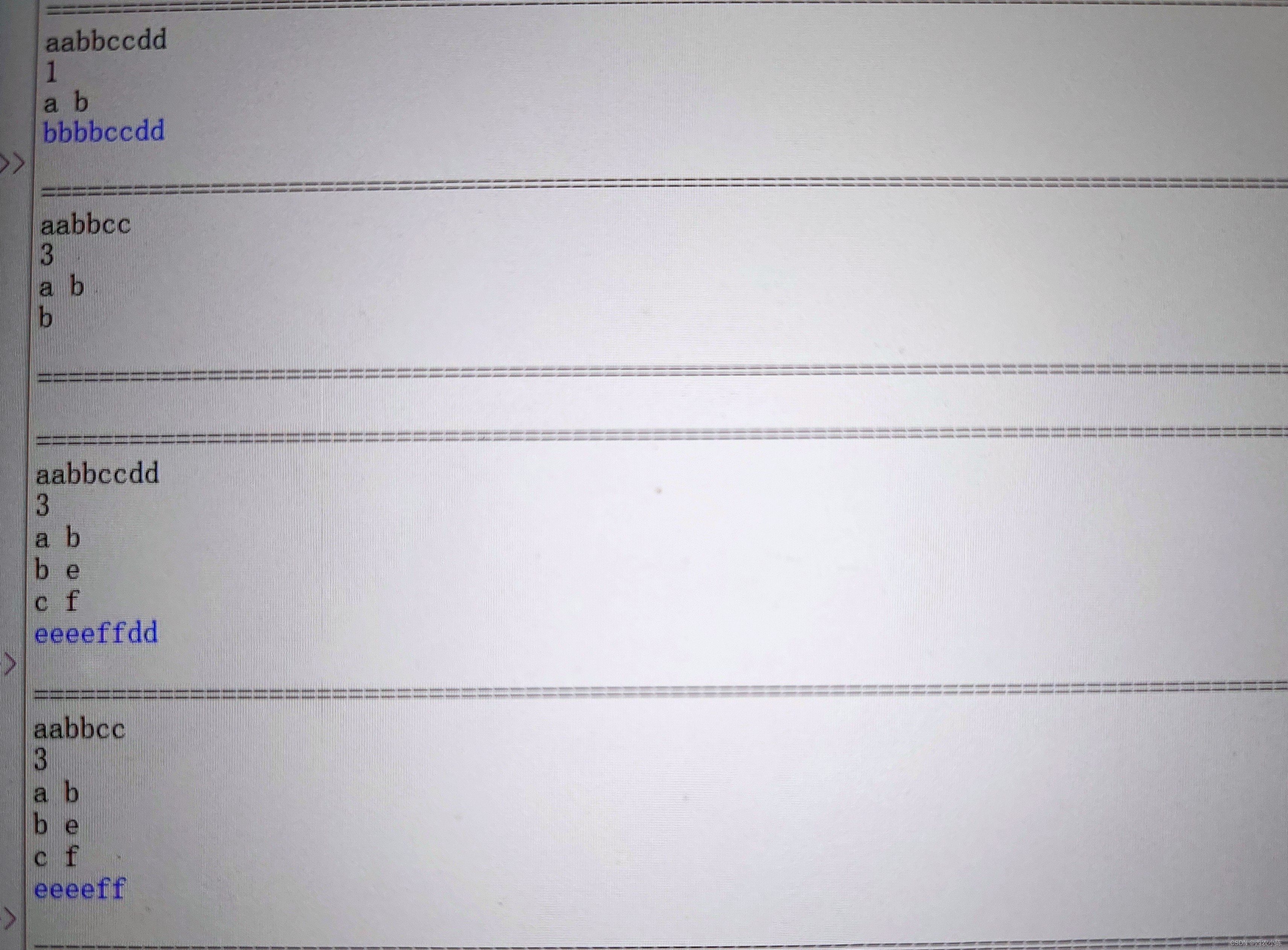A. Little Nikita (思维)
题意:
小 A A A决定用一些立方体建一座塔。一开始,塔上没有任何立方体。在一次移动中,小 A A A要么正好把 1 1 1 个立方体放到塔顶,要么正好从塔顶移走 1 1 1 个立方体。存不存在一种可能使得在走了 n n n 步之后,塔顶正好有 m m m 个立方体?
分析:
当 n ≥ m n \ge m n≥m并且 n , m n,m n,m奇偶性一样才符合题意,否则不可以。
代码:
#include <bits/stdc++.h>
using namespace std;
int main() {
int T;
cin >> T;
while (T--) {
int n, m;
cin >> n >> m;
if (n >= m && (n - m) % 2 == 0) {
cout << "Yes" << endl;
} else {
cout << "No" << endl;
}
}
return 0;
}
B.Binary Colouring (思维)
题意:
给你一个正整数 x x x 。请找出下列条件成立的任意整数数组 a 0 , a 1 , … , a n − 1 a_0, a_1, \ldots, a_{n-1} a0,a1,…,an−1 :
- 1 ≤ n ≤ 32 1 \le n \le 32 1≤n≤32 ,
- a i a_i ai 是 1 1 1 、 0 0 0 或 − 1 -1 −1
- x = ∑ i = 0 n − 1 a i ⋅ 2 i x = \displaystyle{\sum_{i=0}^{n - 1}{a_i \cdot 2^i}} x=i=0∑n−1ai⋅2i ,
- 不存在同时满足 a i ≠ 0 a_{i} \neq 0 ai=0 和 a i + 1 ≠ 0 a_{i + 1} \neq 0 ai+1=0 的下标 i i i
保证存在一个有效的数组。
分析:
如果没有相邻两项必有一项为 0 0 0的限制,那么就是写出 n n n的二进制形式。如果 n n n的二进制有大于等于 2 2 2个 1 1 1相邻,将最低位置为 − 1 -1 −1,最高位的后一项置为 1 1 1,双指针判断即可。
代码:
#include <bits/stdc++.h>
using namespace std;
const int mod = 998244353;
int main() {
int T;
cin >> T;
while (T--) {
int n;
cin >> n;
vector<int> a(32), b(32);
for (int i = 0; i <= 31; i++) {
if (n >> i & 1) {
a[i] = 1;
b[i] = 1;
} else {
a[i] = 0;
b[i] = 0;
}
}
for (int i = 0; i < 32;) {
if (a[i] != 0 && b[i + 1] != 0) {
int pos = i;
while (a[i] != 0 && i <= 31) {
i++;
b[i] = 0;
}
a[i] = 1;
b[pos] = -1;
b[i] = 1;
if (i == 32)
break;
} else {
i++;
if (i == 32)
break;
}
}
cout << 32 << endl;
for (int i = 0; i < 32; i++) {
cout << b[i] << " ";
}
cout << endl;
}
return 0;
}
C.Nikita and LCM(数学)
题意:
假设有一个长度为
n
n
n 的整数数组
a
a
a 。如果数组的一个子序列的最小公倍数
(
L
C
M
)
(LCM)
(LCM)不包含在
a
a
a 中,称该子序列为特殊序列。空子序列的
L
C
M
LCM
LCM 等于
0
0
0 。
询问
a
a
a 的最长特殊子序列的长度是多少?
分析:
如果所有数的最小公倍数大于数组中最大值,那么就可以全选。否则数组中所有数一定都是最小公倍数的约数,那么我们就能保证最终选出来的数组的最小公倍数一定也是其约数。那么我们枚举可能的约数然后判断一遍即可。
代码:
#include <bits/stdc++.h>
using namespace std;
typedef long long LL;
const int mod = 998244353;
LL gcd(LL a, LL b) {
return b == 0 ? a : gcd(b, a % b);
}
LL lcm(LL a, LL b) {
return a * b / gcd(a, b);
}
int main() {
int T;
cin >> T;
while (T--) {
int n;
cin >> n;
vector<int> a(n);
for (int i = 0; i < n; i++)
cin >> a[i];
sort(a.begin(), a.end());
set<int> tmp;
for (int i = 0; i < n; i++)
tmp.insert(a[i]);
bool ok = 0;
for (int i = 0; i < n; i++) {
if (a[n - 1] % a[i])
ok = 1;
}
if (ok) {
cout << n << endl;
continue;
}
int ans = 0;
auto check = [&](int x) -> int {
if (tmp.find(x) != tmp.end())
return 0;
int g = 1;
int cnt = 0;
for (int i = 0; i < n; i++) {
int num = lcm(g, a[i]);
if (x % num)
continue;
cnt++;
g = num;
}
if (g != x)
return 0;
return cnt;
};
for (int i = 1; i * i <= a[n - 1]; i++) {
if (a[n - 1] % i)
continue;
ans = max(ans, check(i));
ans = max(ans, check(a[n - 1] / i));
}
cout << ans << endl;
}
return 0;
}
D.XORificator (字符串)
题意:
给一个仅由 0 0 0和 1 1 1组成 n × m n \times m n×m 矩阵。你可以反转一次所选行中的所有值。规定矩阵中的一列如果正好包含一个 1 1 1,则被视为特殊列。在至多进行一次操作的情况下,请找出最多有多少列可以被特殊化。
分析:
我们发现对于每一列,若它们对答案有贡献,一共有
n
n
n种情况,且这
n
n
n种情况一定各不相同,那么我们把各列的这些情况全部记录下来,同时记录出现次数,记作
c
n
t
cnt
cnt。
我们将字符串记作哈希值,那么答案就是
c
n
t
cnt
cnt 中的最大值。这样我们同时也知道答案对应的字符串哈希值
n
u
m
num
num,我们重新枚举各列对答案的贡献
t
m
p
tmp
tmp,当
t
m
p
=
n
u
m
tmp=num
tmp=num 即找到对应的字符串。
代码:
#include <bits/stdc++.h>
using namespace std;
using ULL = unsigned long long;
const int maxn = 3e5 + 5;
static const ULL mod = (1ull << 61) - 1;
ULL power[maxn];
mt19937_64 rnd(chrono::steady_clock::now().time_since_epoch().count());
uniform_int_distribution<ULL> dist(mod / 2, mod - 1);
const ULL base = dist(rnd);
static inline ULL add(ULL a, ULL b) {
a += b;
if (a >= mod)
a -= mod;
return a;
}
static inline ULL mul(ULL a, ULL b) {
__uint128_t c = __uint128_t(a) * b;
return add(c >> 61, c & mod);
}
ULL merge(ULL h1, ULL h2, int len2) {
return add(mul(h1, power[len2]), h2);
}
void init() {
power[0] = 1;
for (int i = 1; i < maxn; i++)
power[i] = mul(power[i - 1], base);
}
ULL query(const vector<ULL> &s, int l, int r) {
return add(s[r], mod - mul(s[l - 1], power[r - l + 1]));
}
vector<ULL> build(const string &s) {
int sz = s.size();
vector<ULL> hashed(sz + 1);
for (int i = 0; i < sz; i++) {
hashed[i + 1] = add(mul(hashed[i], base), s[i]);
}
return hashed;
}
int main() {
init();
int T;
cin >> T;
while (T--) {
int n, m;
cin >> n >> m;
vector<string> s(m);
for (int i = 0; i < m; i++)
s[i].resize(n);
for (int i = 0; i < n; i++) {
for (int j = 0; j < m; j++) {
cin >> s[j][i];
}
}
unordered_map<ULL, int> mp;
vector<vector<ULL>> tmp(m, vector<ULL>(n));
for (int i = 0; i < m; i++) {
auto hash = build(s[i]);
for (int j = 1; j <= n; j++) {
ULL hash1 = query(hash, 1, j - 1);
ULL hash2 = ULL(s[i][j - 1] ^ 1);
ULL hash3 = query(hash, j + 1, n);
tmp[i][j - 1] = merge(merge(hash1, hash2, 1), hash3, n - j);
mp[tmp[i][j - 1]] += 1;
}
}
int maxval = -1;
ULL ans = 0;
for (auto &[x, y]: mp) {
if (y > maxval) {
maxval = y;
ans = x;
}
}
auto get = [&]() {
for (int i = 0; i < m; i++) {
for (int j = 0; j < n; j++) {
if (tmp[i][j] == ans) {
s[i][j] ^= 1;
cout << s[i] << endl;
return;
}
}
}
};
cout << maxval << endl;
get();
}
return 0;
}
赛后交流
在比赛结束后,会在交流群中给出比赛题解,同学们可以在赛后查看题解进行补题。
群号: 704572101,赛后大家可以一起交流做题思路,分享做题技巧,欢迎大家的加入。




